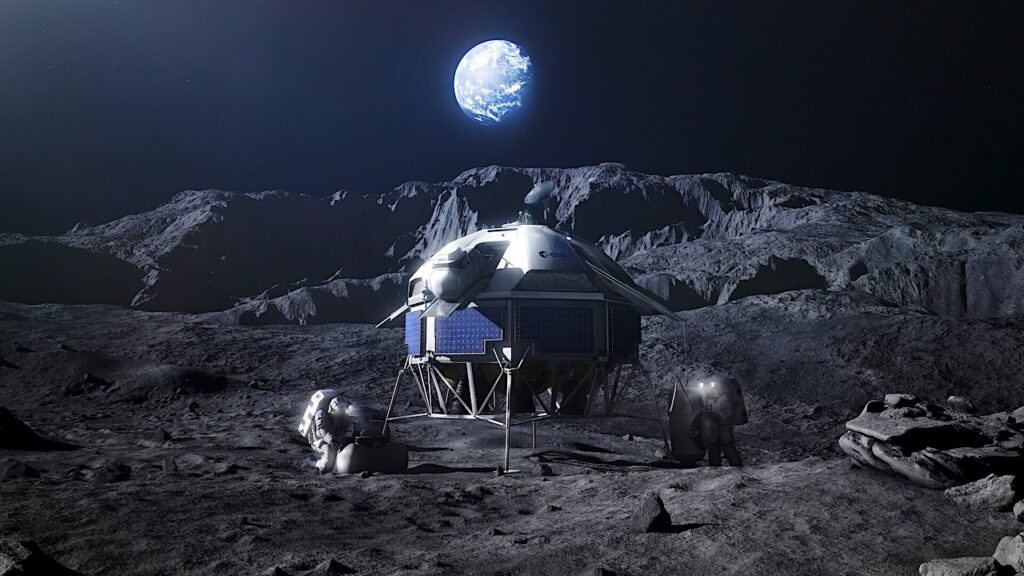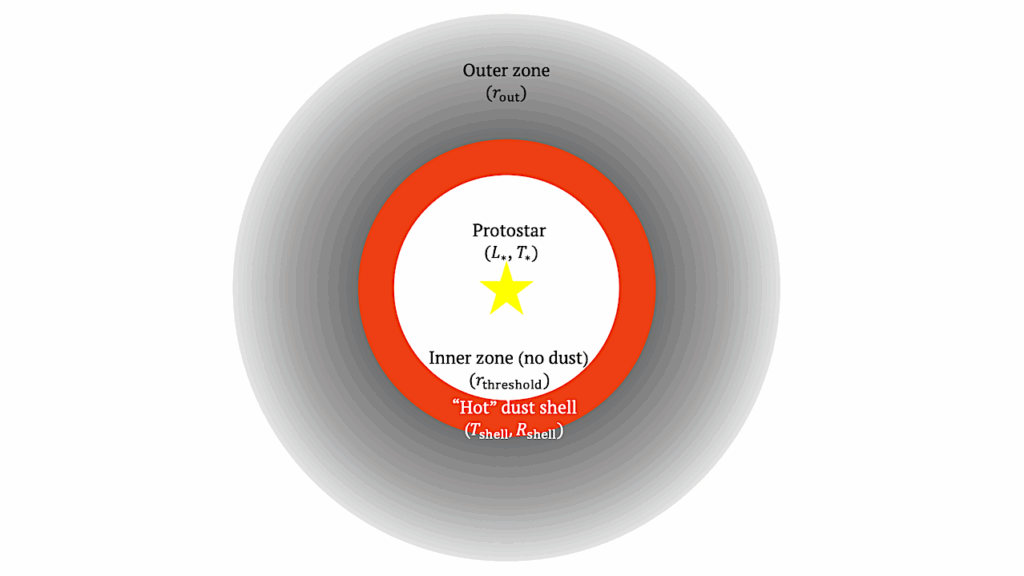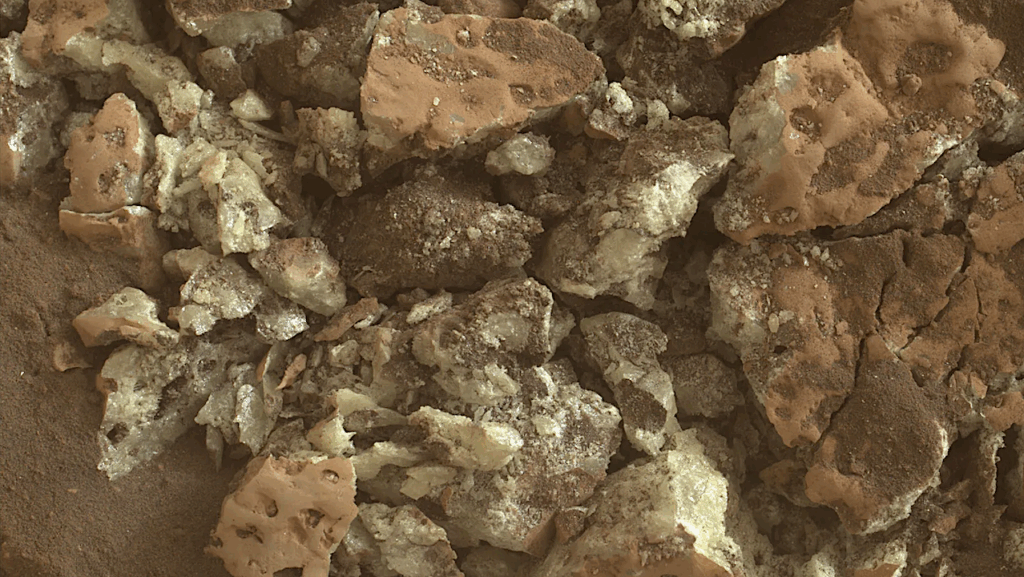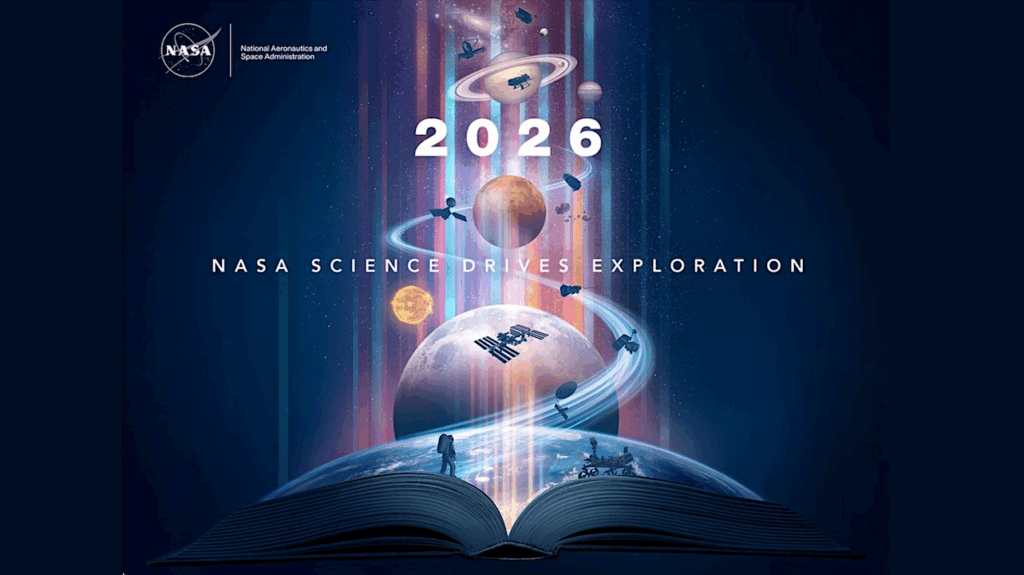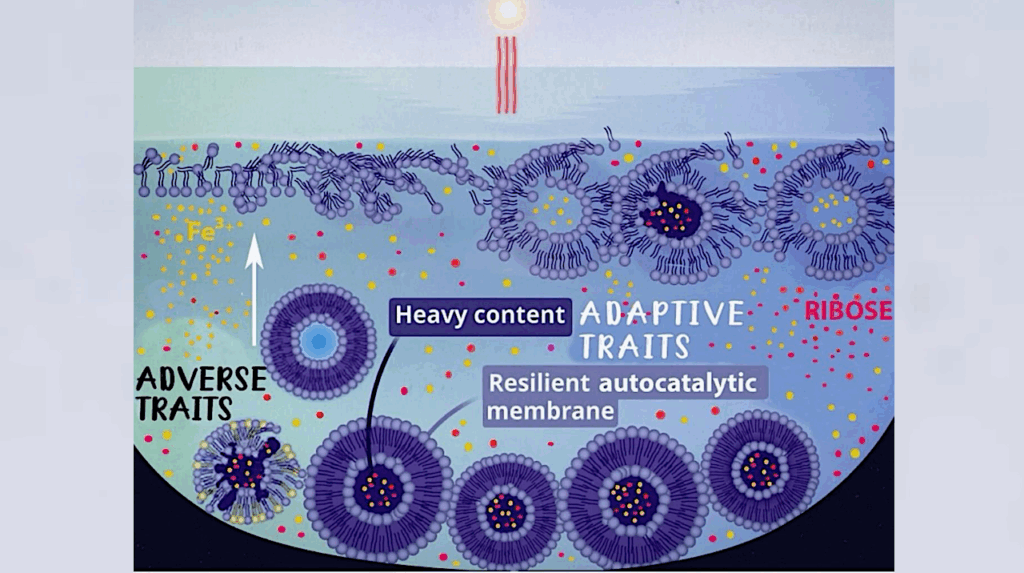Sulfur in the Giant Planets, their Moons, and Extrasolar Gas Giant Planets
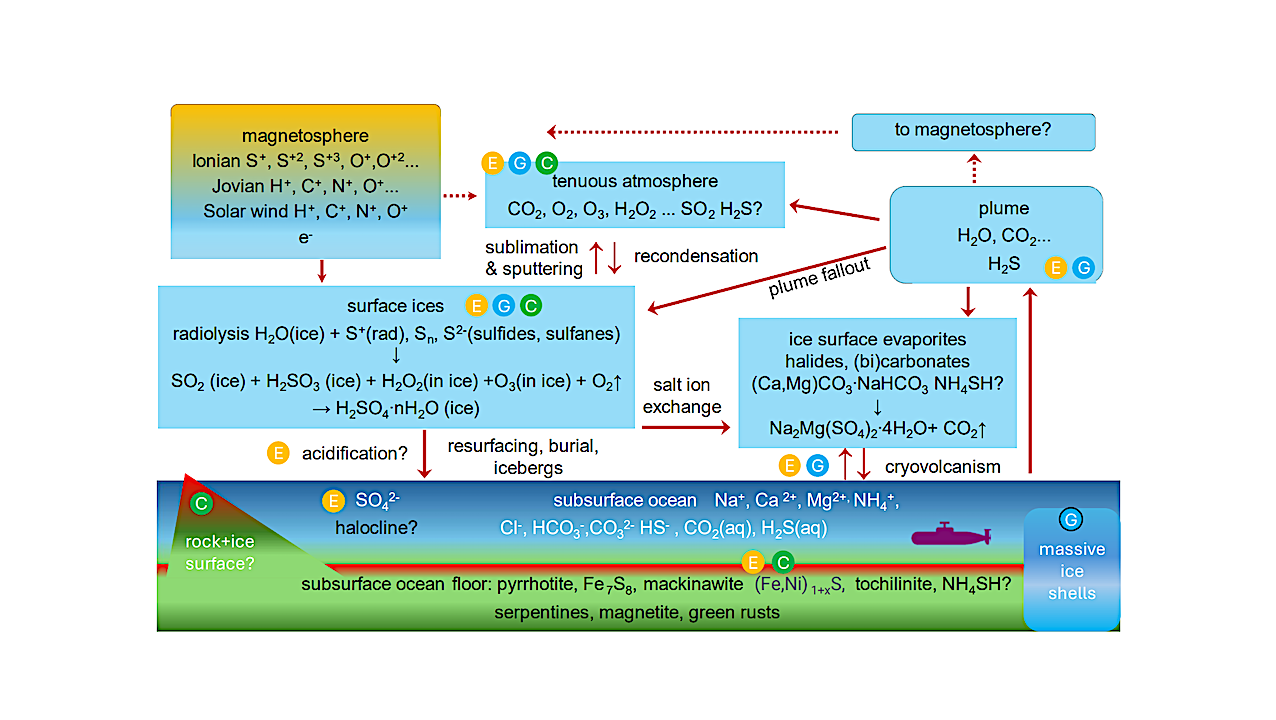
We review sulfur chemistry of the gas giant planets and their moons where sulfur compounds are observed. The major S-bearing gas in the upper atmospheres of the giant planets is H2S and is removed from their observable atmospheres by condensation into cloud layers (NH4SH on all four planets and additionally H2S ice on Uranus and Neptune). Any remaining H2S at higher altitudes is destroyed photochemically. Among the moons Io is the world dominated by sulfur.
We summarize the sulfur cycle on Io and how pyrovolcanism is spreading sulfur across the Jovian system. Implantation of sulfur into icy surfaces of the other Galilean moons via magnetospheric transfer and radiolysis are major processes affecting the sulfur chemistry on their icy surfaces.
On the icy worlds, we are literally looking at the top of the icebergs. Subsurface liquid salty bodies reveal themselves through cryovolcanism on Europa, Ganymede, and Enceladus, where salt deposits are indicated. Subsurface oceans are suspected on several other moons. We summarize the sulfur cycle for the icy Galilean moons.
The occurrence of sulfates can be explained by salt exchange reactions of radiolytically produced H2SO4 with brine salts (carbonates and halides), or from a subsurface ocean that has become acidified by uptake of H2SO4 leaked from ice.
In the primordial oceans of the moons that accreted with high ice rock ratios, sulfur is expected as sulfide and bisulfide anions and H2S in aqueous solution. Cosmochemical constraints suggest that pyrrhotite, tochilinite and green rusts could be important sulfide bearing compounds found with hydrous silicates such as serpentine, and magnetite on the sea floors.
In N-C-rich worlds such as Titan, sulfides such as NH4SH and possibly thiazyl compounds could be important, and sulfates are unstable. Nothing is known about the sulfur chemistry on the Uranian and Neptunian moons.
Katharina Lodders, Bruce Fegley
Comments: Preprint of chapter for “The Role of Sulfur in Planetary Processes: from Atmospheres to Cores”, D. Harlov and G. Pokrovsky (Eds.), Springer Geochemistry. 64 pages, including 4 tables and 3 figures
Subjects: Earth and Planetary Astrophysics (astro-ph.EP)
Cite as: arXiv:2410.11138 [astro-ph.EP] (or arXiv:2410.11138v1 [astro-ph.EP] for this version)
https://doi.org/10.48550/arXiv.2410.11138
Focus to learn more
Submission history
From: Katharina Lodders
[v1] Mon, 14 Oct 2024 23:31:24 UTC (911 KB)
https://arxiv.org/abs/2410.11138
Astrobiology



